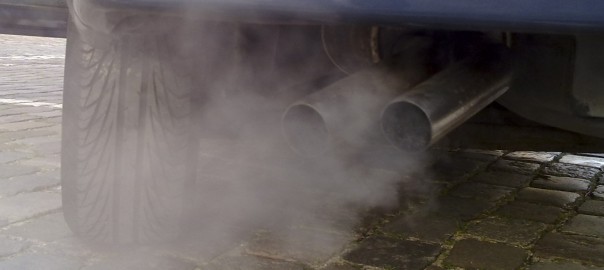Economists call them “externalities.” They’re the costs of people’s actions on other people or communities—though the people taking those actions don’t have to pay for those costs, even as they harm others.

The emissions from combusting fossil fuels to propel vehicles are clearly a prime example.
While complaints about air quality in the Los Angeles Basin date back centuries, research established more than 50 years ago that vehicle emissions were the primary cause of photochemical smog.
That led the state of California to begin efforts to regulate tailpipe emissions—well before the U.S. Environmental Protection Agency even existed—which led in turn to the first catalytic converters in U.S. vehicles in 1975.
Catalysts spread throughout most of the automaking world over the next 20 years, hugely reducing emissions of carbon monoxide (CO), hydrocarbons (HC), and nitrogen oxides (NOx), all toxic in various ways.
It’s well established that electric cars have the lowest wells-to-wheels CO2 footprint of any near- or medium-term alternative, varying from the equivalent of about 35 miles per gallon on the dirtiest U.S. grids to more than 100 mpg on the cleanest grids.
And the carbon footprint per mile of driving an electric car declines every time the grid gets cleaner, whether from adding renewable energy sources or replacing a coal-fired generation plant with one using natural gas.
With increasing availability of zero-emission cars over the coming years, when will citizens at large start to question the idea that every vehicle has an “exhaust pipe” that just belches harmful substances into our shared air?
And when will driving a car that emits carbon dioxide every time it moves become morally unacceptable?
Read more: Green Car Reports
